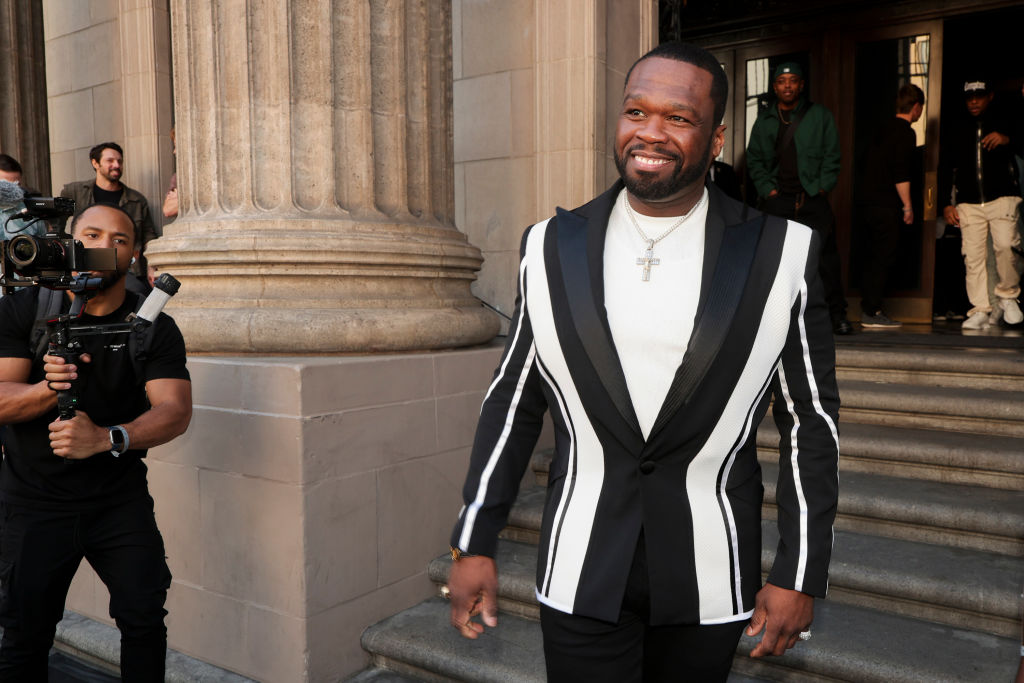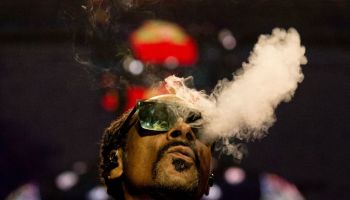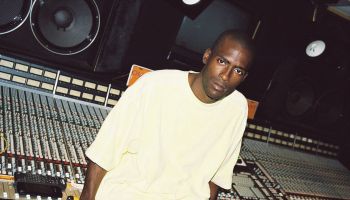Baroness Margaret Thatcher, the first and only female prime minister of Britain, has died of a stroke at 87.
DETAILS: Meryl Streep To Play Margaret Thatcher!
Thatcher, who was also the longest-serving Prime Minister of the United Kingdom in the 20th century, was a polarizing figure, being loved by many for her iron rule, but at the same time, facing criticism for privatizing industries and calling the miners who participated in a 1984 strike directed against her politics “the enemy within.”
The “Iron Lady” who ruled for 11 remarkable years, imposed her will on a rundown nation, breaking the unions, triumphing in a far-off war, and selling off state industries at a record pace. She left behind a leaner government and more prosperous nation by the time a mutiny ousted her from her post.
As the Associated Press put it:
For admirers, Thatcher was a savior who rescued Britain from ruin and laid the groundwork for an extraordinary economic renaissance. For critics, she was a heartless tyrant who ushered in an era of greed that kicked the weak out onto the streets and let the rich become filthy rich.
But, what can’t be denied was Thatcher’s determination and leadership. Take a look back on her life to see how she jumped over barriers and became both a symbol of trailblazing feminism to some, and an oppressor to others.
Magaret (Maggie) Roberts was born 1925 in Grantham, Lincolnshire, where she was raised in an apartment above her family’s corner grocery store. Here, she’s pictured in a 1945 photograph with her parents and sister, Muriel.
By 1950, Roberts was working as a research chemist after graduating college. She became the youngest-ever female Conservative candidate when she stood for Dartford at the age of 24.
A year later, Maggie is pictured on a canvassing tour of her constituency…like a boss.
A family didn’t slow her down. Margaret married Denis Thatcher in 1951 and remained devoted to their twin children, Carol and Mark, even while pursuing a political career.
By the 1970’s, Thatcher was officially a British conservative politician. Tory Prime Minister Edward Heath gave Thatcher a seat in his cabinet as education minister (she successfully challenged him for party leader). The size of Thatcher’s electoral victory in 1979—a 44-seat majority in Parliament—stunned not just Britain but the world.
The all-boys club…kind of. Her transformative policies for Britain turned her into a “warrior-queen” to some and a “witch” to others. She is perhaps best remembered for her hardline position during the pivotal strike in 1984 and 1985 when she faced down coal miners in an ultimately successful bid to break the power of Britain’s unions.
Thatcher was among the best-known foreign politicians in the U.S., likely because of her close working relationship with Ronald Reagan, with whom she shared a reactionary worldview and utter lack of compassion. Thatcher worked with Reagan to bring about the 1989 collapse of communism in Europe.
She resigned in 1990 after her own party opposed over whether to join the euro. Reportedly, as Thatcher stood before Parliament to give her final speech, crowds outside sang ‘Ding Dong, the Witch is Dead.’
In 2011, Oscar-winning actress Meryl Streep played Thatcher in the movie “The Iron Lady,” which focuses on Thatcher’s mental demise.
“Let us not kid ourselves, she was a very divisive figure,” said Bernard Ingham, Thatcher’s press secretary for her entire term. “She was a real toughie. She was a patriot with a great love for this country, and she raised the standing of Britain abroad.”
May she rest in peace.
Photo Source: Getty
















